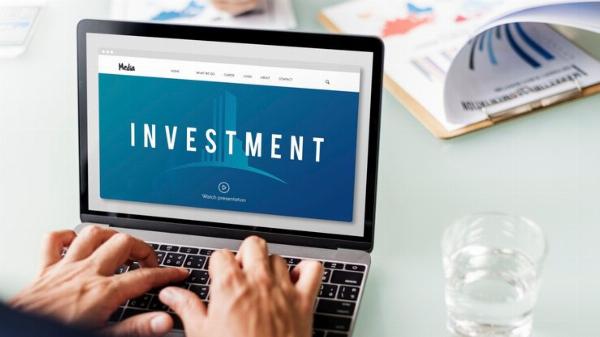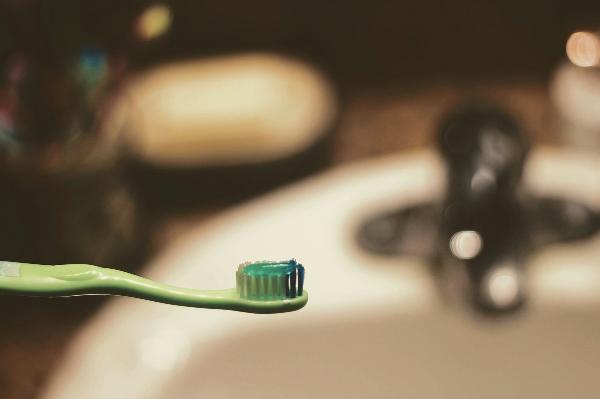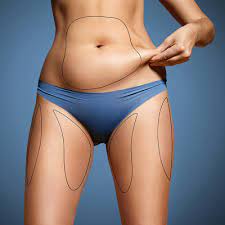Mid-Year Credit Check-Up: What Your Credit Utilization Reveals About Your Financial Health
Your credit scores can fluctuate like the moon, changing frequently as your credit accounts and balances shift. However, significant changes to your credit scores could indicate something is amiss.
Key Takeaways:
- High credit utilization means you're using a significant portion of your available credit lines.
- The general rule of thumb is to keep your utilization under 30% (and even lower if possible).
- You can reduce your utilization by paying down your balances or increasing your credit limits.
That's why it's crucial to regularly check your credit reports and scores. You can get free copies of your credit reports from all three major credit bureaus—Experian, Equifax, and TransUnion—through AnnualCreditReport.com (the only site authorized by the government to provide the free credit reports you're entitled to by law). So there's no reason not to check your credit at least a few times a year.
Why Now Is the Right Time to Check In on Your Credit
The transition from June into July marks the halfway point of the year, which is an excellent time for a mid-year credit check-up. A lot can happen in six months, so pull all three credit reports to ensure everything looks as it should.
If you notice accounts on your credit report that you don't recognize, dispute them. You can dispute any fraudulent accounts or other errors right away, usually while viewing your credit reports online. You must dispute errors with each credit bureau, even if you see the same error on all three credit reports.
It's also a good idea to check your credit scores in several places. You can get free credit scores from various sources, including:
- Credit card issuers. Many credit card issuers provide monthly updated credit scores for free. The type of credit score (FICO vs. VantageScore) and the bureau providing it vary by issuer.
- Credit monitoring sites. You can find various third-party sites and apps that offer free credit scores.
- Credit bureaus. Experian and TransUnion offer free credit scores if you create a free account.
If your credit scores aren't as high as you'd like, look to your reports to find out why. If you notice high balances, high credit utilization is likely the culprit.
What Is Credit Utilization?
Your credit utilization ratio or rate is a measure of how much of your available credit you're using. It's calculated by dividing your credit card balance by the credit limit.
For example, if you have a credit card with a $5,000 credit limit and a $2,500 balance, your credit utilization is 50%. If you pay down the balance to $1,000, then the utilization will also drop: $1,000 / $5,000 = 0.2 or 20%. Your utilization is calculated for each of your credit cards individually and overall across all of your accounts.
There’s no magic number to aim for, but once your utilization hits about 30%, you could start to notice a negative effect on your credit scores. By the same token, if your utilization is in the 75-90% range and you start bringing it down, your credit score could improve noticeably. What exactly happens to your credit score will depend on many factors.
What Your Credit Usage May Be Telling You
Consistently low credit utilization rates are a great sign that you're managing your credit cards well. It means you're paying in full (or mostly in full) every month and not overspending on your cards.
High credit utilization—especially over time—can be an important red flag that you have unaffordable debt and might be struggling to get ahead. Here are some reasons you might be carrying high credit card debt:
- You were surprised by an expensive emergency that you couldn’t cover with cash.
- You used your credit card to pay medical bills.
- You aren’t good at budgeting and sometimes use your credit card even when you don’t have enough money to pay it off.
- Prices have gone up faster than your salary, and you rely on your card to cover everyday expenses.
- Your car broke down and you didn’t have enough money in the bank for the repairs.
Even if you're not alarmed by high utilization, creditors will be. Statistically, people with high utilization are more likely to miss payments or even default on their debt. That makes them riskier borrowers, no matter the reason for the high utilization. That's why a high utilization rate can cause your credit score to drop. Your high credit utilization isn’t telling you that you’re a bad person or that you can’t manage your money. It’s only telling you that you need a plan to address your debt.
Credit Utilization by Age: What the Numbers Show
High credit card utilization is a common problem shared by many people in need of debt relief. Internal data for debt relief seekers carrying a credit card balance from Freedom Debt Relief says a lot about how different age groups are using—and relying on—credit right now. Take a look at the infographic below:
This article underscores the crucial importance of regularly reviewing one's credit utilization, providing a clear window into their financial health with an insightful look at how it impacts personal finance. Great read for anyone aiming to improve or maintain良好的financial well-being.
The article on Mid-Year Credit Check Up provides insightful analysis, emphasizing how credit utilization effectively mirrors the health of one's financial status; a valuable tool for understanding and improving personal finance.
Our Mid-Year Credit Check summarizes the essentials: an eye on your credit utilization is a cardiac monitor for assessing financial health. It directly reflects our ability to manage debt, setting us up right or veering off course towards instability.
The Mid-Year Credit Check Up provides valuable insights into financial fitness, especially the telling role of credit utilization in elucidating an individual's overall economic wellbeing.
This insightful piece on mid-year credit checkups highlights the crucial role that信用utilization plays in assessing an individual's financial health, serving as a timely reminder to monitor and manage one’sspending habits for sustainable economic wellbeing.














